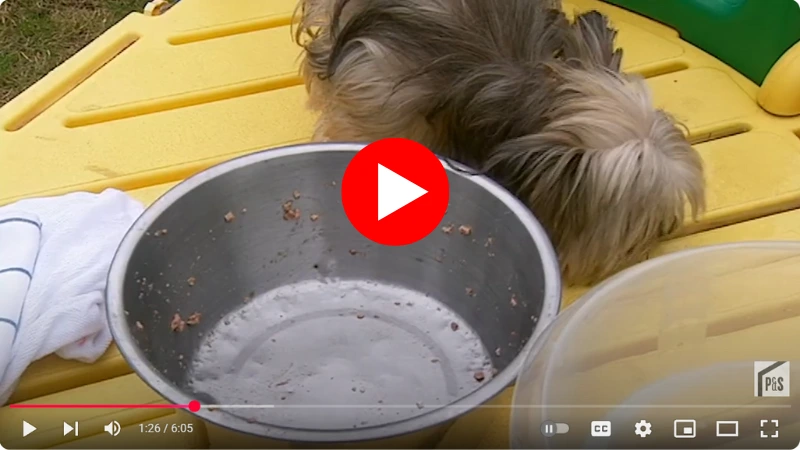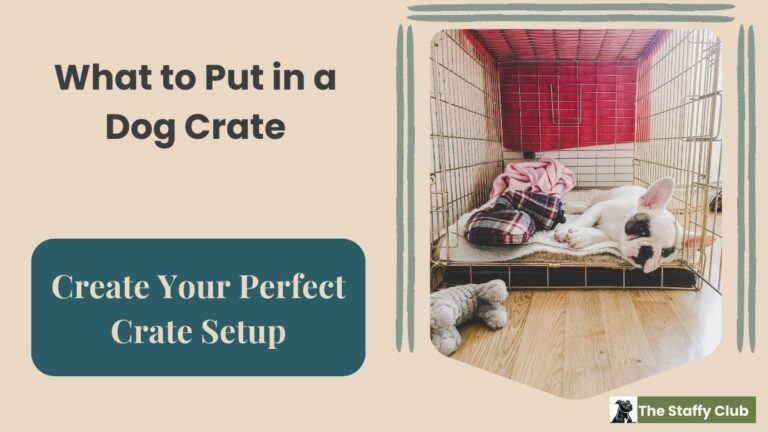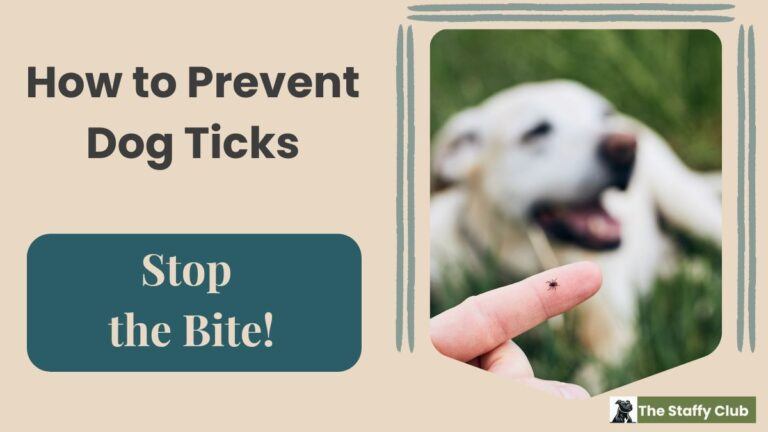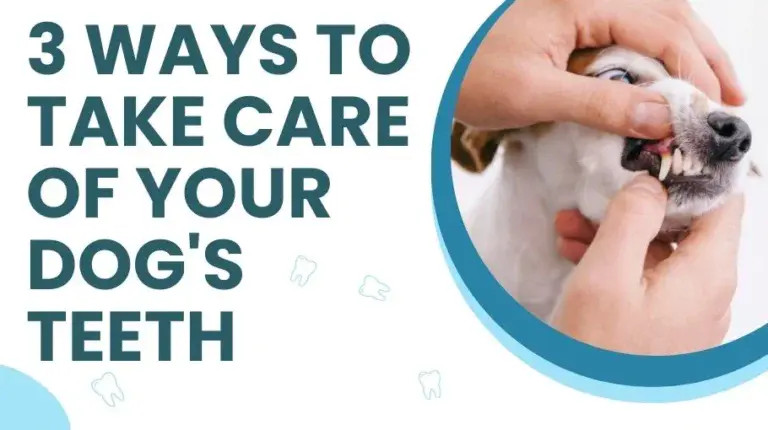Why a Clean Dog Water Bowl Matters More Than You Know
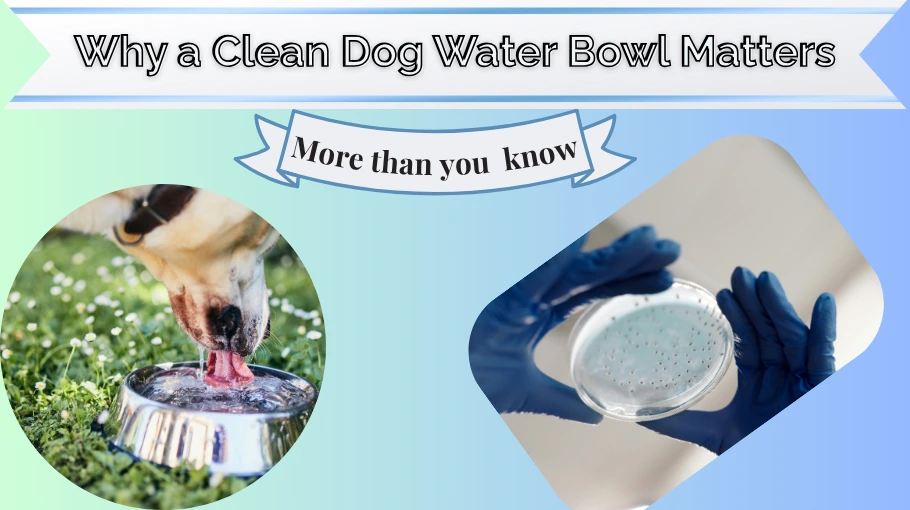
We all want the best for our dogs, but when it comes to something as simple as their water bowl, it’s easy to overlook just how important a clean dog water bowl is and that it’s the right kind.
You might think, “It looks fine, so why bother?” — but beneath the surface, your dog’s bowl could be a playground for bacteria and other nasties that might be making them sick or even discouraging them from drinking enough water.
Some things to think about…
What Could Be Lurking in Your Dog’s Bowl?
Most of us wouldn’t drink from a glass that hadn’t been washed in days. But when it comes to dog bowls, it’s easy to fall into the “just top it up” habit — especially when the water looks clean. Thing is, even when it looks fine, your dog’s bowl could be hosting all sorts of unwanted guests.
Over time — even just a day or two — a biofilm starts to build up. That’s the slimy layer that clings to the sides of the bowl. It’s made up of bacteria and other microorganisms, and once it takes hold, it creates a perfect breeding ground for more harmful bugs to thrive. You can’t always see it, but it’s there… and it sticks around unless the bowl gets a proper clean.
Now, I’m one of those people who actually reads what the so-called experts say. I take their advice with a pinch of salt — because more often than not, the studies they do end up twisted into clickbait. But still… sometimes, the points they raise are worth paying attention to.
Take this one covered by CountryLiving.com: it linked dirty bowls to bacteria like Salmonella, E. coli, and even MRSA — all of which can make your dog sick, and some that can pass to humans too. Communal bowls (like the ones outside pubs or in dog parks) carry even more risk, especially with things like kennel cough, Giardia, and canine papilloma virus being spread through shared saliva or contaminated water.
Even at home, if you’ve got more than one pet sharing bowls — or if you free-feed and just keep topping the water up — bacteria builds up fast. And the risks aren’t just tummy bugs. Plastic bowls can leach chemicals over time, and once they’re scratched (which happens fast), they’re near impossible to fully clean. That gives bacteria even more places to cling to.
It’s Not Just Gross — It’s a Health Risk
It’s easy to think, “It’s just a bit of dog slobber — they lick worse things outside,” and brush off the need for daily cleaning. But the risks go beyond a dirty-looking bowl or a weird smell. What builds up in your dog’s water bowl can actually make them sick — and in some cases, it’s not just your dog at risk.
In one study, it was found that fewer than 1 in 5 dog owners cleaned their bowls daily. Some didn’t wash them at all. That might not seem like a big deal… until you realise just how fast bacteria like Salmonella, Listeria, and E. coli can multiply in a damp bowl.
These aren’t just names from an ‘experts’ essay — they’re the same bugs that can leave your dog with an upset stomach, dodgy guts, or worse. In addition to the above mentioned usual suspects, there’s also Leptospirosis (rare and serious)… I can’t imagine what my reply would be if a vet told me the dog had that?
You might also want to think about the you part of this. Some of those germs can be passed to humans — especially if you’re handling bowls without thinking, or your dog leans in for a slobbery kiss after a drink. Not saying you’ll get sick from it… just that it’s worth knowing what’s in the mix.
So yeah — it’s not just about gross bowls or water looking a bit cloudy. A proper cleaning routine’s one of the simplest ways to keep things ticking along safely.
Communal Bowls: Worth the Risk?
You’ve probably seen them outside pubs, cafés, or dog parks — those shared water bowls set out for passing pups. It’s a kind gesture. And honestly, if I was out walking and my dogs were thirsty, I wouldn’t stop them from having a drink. It’s not realistic to avoid them altogether.
But it’s worth knowing the risks — not to avoid them entirely, but to help you piece things together if your dog ever does come down with a bug.
Communal bowls are prime spots for germs to pass from dog to dog — especially anything spread through saliva or nasal gunk.
So what’s best practice?
- Bring your own water when you can — a simple bottle and a collapsible bowl does the job.
- Avoid letting your dog drink if the bowl looks cloudy, slimy, or like it’s been sat out too long.
- And if your pup is unwell, skip the communal bowls altogether — don’t risk spreading bugs to other dogs.
Also worth mentioning — the material of the bowl matters. Well-meaning business owners putting out communal bowls often use whatever’s handy. Pet shops might offer BPA-free plastic (cheap and handy — until scratched) or, better yet, stainless steel dishes. If you’re packing your own, go for a collapsible bowl made from food-grade, BPA-free silicone — safer, easier to clean, and way more hygienic on the go.
Why Plastic Might Be the Worst Option
Plastic bowls are everywhere — cheap, lightweight, and easy to grab. But they come with some hidden downsides that many dog owners don’t realise. For starters, plastic scratches easily. Those tiny grooves and scratches are a nightmare because they trap bacteria and biofilm, making it nearly impossible to fully clean the bowl no matter how often you wash it.
Even if a plastic bowl is labelled “BPA-free” (which many communal bowls won’t be), that doesn’t mean it’s a hygiene win. Scratched-up plastic still holds onto germs, and over time, chemicals and microplastics can leach into the water your dog drinks — which isn’t great for their health.
On top of that, some dogs can develop allergies or skin irritation from using plastic bowls regularly. If you notice your dog licking or scratching around their mouth, it might be worth switching to a different material that’s better suited for dogs to drink from safely.
For all these reasons, switching to stainless steel, ceramic, or glass bowls is usually a better call. They’re easier to clean, don’t scratch as easily, and won’t leach chemicals. Plus, they look a bit nicer on your kitchen floor!
A Cleaning Hack from Kim and Aggie
Yes, Kim and Aggie — the hosts of the UK’s cleaning show How Clean Is Your House? — have even weighed in on the neglected world of pet bowls. In one episode, Aggie pointed out that dog bowls often get overlooked during cleaning routines, leading to food buildup that becomes “impossible to get clean.”
Her handy tip? After scrubbing the bowl well with hot soapy water and drying it, apply a light coating of vegetable oil. This helps stop food from sticking next time, keeps the bowl cleaner for longer, and according to Aggie, may even help keep your dog’s coat smooth and reduce dandruff.
Simple, practical, and worth trying!
How Often Should You Clean the Bowl?
Full disclosure: I’m a bit of a realist when it comes to cleaning dog bowls. I don’t wash them every day with hot soapy water. I’m probably in the 22% of owners that study I referenced earlier found clean the dog bowls weekly.
Our setup likely helps — food and water bowls are together, with dry food always available. Wet tongues on dry kibble tend to leave crumbs stuck in the stainless steel bowl, so I keep an eye out. When it’s near empty and I see bits stuck to the sides, I swap it out for a clean one. (Yes, we have loads of bowls — it makes this juggle easier.) Otherwise, the dirty bowl would be lifted, washed, dried, and refilled.
Only a small minority of dog owners clean their bowls daily, so don’t feel bad if you’re not one of them. And let’s be honest — if dog bowls were that hazardous, I’d expect some kind of doggy-demic sweeping through parks by now, right?
The key is to keep it manageable and keep an eye on your dog’s bowl. If it looks off, it’s time to clean. Otherwise, a good weekly wash keeps things pretty safe and sane.
A Better Cleaning Routine (That’s Actually Doable)
Keeping your dog’s bowls clean doesn’t have to be a lengthly chore. Here’s a simple routine you can fit into your week — no fuss, just good hygiene:
- Daily Quick Rinse: After your dog finishes eating or drinking, give the bowls a quick rinse with warm water. This stops buildup before it starts.
- Weekly Deep Clean: Once a week, wash the bowls with hot, soapy water. Use a sponge or brush dedicated to pet bowls (don’t mix with your kitchen stuff). Rinse thoroughly and dry completely to prevent bacteria growth.
- Scrub the Scratches: If your plastic bowl gets scratched or your stainless steel bowl looks dull, use a gentle scrubbing pad to keep surfaces smooth and easier to clean.
- Avoid the Dishwasher (Sometimes): Stainless steel bowls can usually go in the dishwasher — check the manufacturer’s advice. Plastic bowls may warp or degrade over time, so hand washing is safer.
- Use Safe Cleaning Products: Avoid harsh chemicals or antibacterial soaps that might leave residues harmful to your pet. Mild dish soap works well.
- Rotate Bowls: If you have multiple bowls, rotate them so each gets a break and a proper wash without disrupting feeding.
Quick Tip:
Most communal bowls don’t get this kind of care, so if you’re heading out for a long walk or day trip, it’s wise to bring your own collapsible, food-grade silicone bowl. Wash it when you get home, let it dry, and keep it ready in your walking bag.
Picking the Right Bowl for Cleaner Water
Choosing the right bowl can make a big difference—not just for your dog’s comfort but also for keeping their water clean and safe. Materials like stainless steel and food-grade silicone tend to resist bacteria better than plastic, which can scratch easily and trap germs.
There are several types of bowls—standard, elevated, slow feeders, and even spill-resistant ones—that suit different dogs’ needs and help with hygiene.
Naturally, if the bowl smells foul or gets contaminated with algae, it can discourage your dog from drinking water. Some bowls stay cleaner for longer, while others seem to hold onto every microscopic germ.
If you think a better bowl could make a difference, check out our 3 best water bowls for dogs — each one easy to clean and designed to promote healthier hydration.
Final Thoughts
Keeping your dog’s water bowl clean and choosing the right type of bowl are small steps that make a big difference in their health and happiness. It’s not about being perfect every day but about creating habits that work for you and your dog(s).
Whether it’s swapping out a scratched plastic bowl for stainless steel, packing a food-grade silicone collapsible bowl for walks, or simply making time for a weekly clean, these simple changes can help protect your dog from unwanted germs and encourage better hydration.
Remember, healthy hydration supports everything from their energy levels to their coat and overall well-being. So, treat their water bowl with the care it deserves — your dog will thank you for it in more ways than one.

